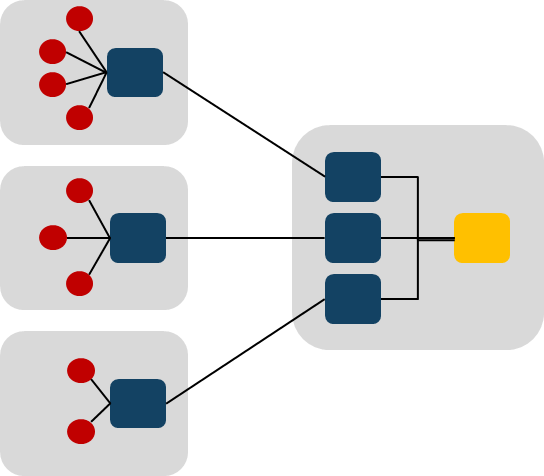
In a data driven IT transformation, master data is a frequent source of difficulties because of its impact on other information. If you do not control your master data quality, you will not be able to control other data quality either. In this article, we will understand why and then deduce the master data management objectives.
The master data scope concerns business objects involved in your business processes
Usually, I use the following categorization to qualify information:
- Business events: Each step of the business process generates an event. When you call a customer, when you sign a contract, when you produce or delivery a product … Events represent actions of the different actors (yourself, customers, suppliers, etc.) involved in your company activity.
- Indicators: Indicators represent a statement of an activity and give you an overview of business events in your company. For example, your company’s revenue is the sum of your sales. The client’s claim rate involves the sales event and the customer claims event over a certain period.
- Objects: Objects represent “things” involved in an action. It can be physical objects like people or products or conceptual objects like organization or parameters. For example, a salesman selling a product to the customern or a supplier delivering raw materials.
- Rules: Rules represent parameters that allow to decide the path in a process execution. For example, the type of contract to choose if the customer is underage and the different actions that his parents need to take.
- Meta data: Meta data represents the structure of information describing objects, rules, events, and indicators.
The master data scope concerns objects.
Master data quality impacts all other data quality
Objects are involved in your business activities. The main source of difficulty is the likely involvement of the same objects in many different processes. Consequently, objects get recorded in each application database that executes a process in which they are involved. Unfortunately, the content and structure of these databases can be heterogeneous and it generates incoherence. In two different databases, if the information describing a product is different, it simply means that one of the two product descriptions is false and that there is incorrect information that circulating organization. Impact can be described as follows:
- Business processes are executed with false information and can generate dysfunction
- Rules are executed based on false information and lead business processes down the wrong path.
- Indicators are calculated on incorrect information and are inaccurate
The objective of a master data management project is to ensure the master data quality in all databases
Regularly, my customers ask me whether MDM projects are technical (IT) or business projects. They are both. An MDM project is an enterprise project. Delivering an application that allows users to record master data is unfortunately not enough because you must manage the existing data, too. For example, if you deliver this on your customer scope, it means all your new customers will be correctly recorded but it will not enhance the confidence on your existing customer data quality.
Most of the time, an MDM project needs a first phase which consists of consolidating master data acquisition points to link and compare the content of these sources. This phase generates the object 360° view. Unfortunately, we are not always able to fully automate this phase and, sometimes, someone has to check the result. When there are millions of records, it can take a while and requires an organization / responsibilities description. Once this consolidation is executed, you can compare source content and discover that databases do not contain the same information … Why?


7 thoughts on “What is the Objective of Master Data Management (MDM)?”
Comments are closed.